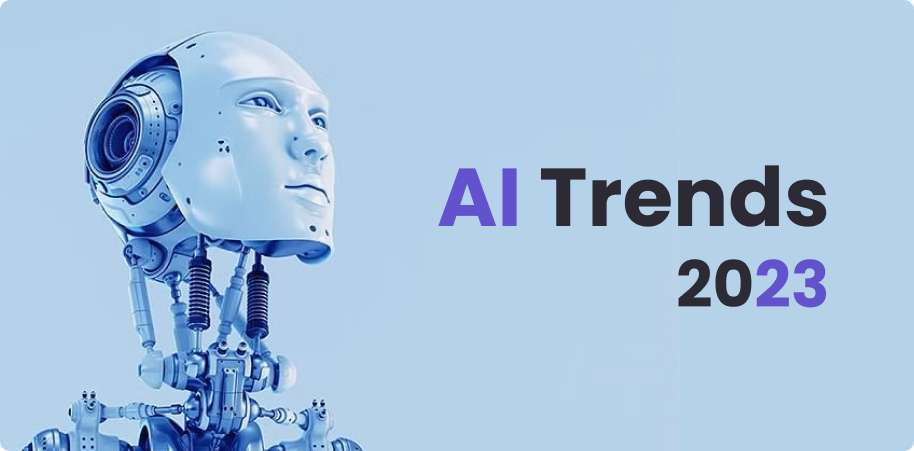Artificial intelligence (AI) is the simulation of human intelligence in machines that are designed to think and act like humans. It involves the development of algorithms and computer systems that can perform tasks that typically require human intelligence, such as visual perception, speech recognition, decision-making, and language translation.
Artificial intelligence has a wide range of applications, from virtual personal assistants to self-driving cars. It is also being used to solve complex problems in fields such as healthcare, finance, and environmental protection.
Artificial intelligence is a rapidly growing field that has seen many advancements and trends in recent years. Some of the current trends in AI include:
- Advancements in natural language processing (NLP). NLP has seen significant improvements in recent years, with models becoming better at understanding human language and processing large amounts of text data. This has led to improvements in language translation, sentiment analysis, and question-answering systems.
- Increased adoption of AI in enterprise. Businesses are increasingly using AI to automate routine tasks, improve decision-making, and gain a competitive advantage. This has led to a rise in demand for AI experts and the development of AI-powered enterprise solutions.
- Development of explainable AI (XAI). There has been a growing concern over the lack of transparency in AI decision-making processes. To address this, researchers are developing new algorithms that can explain their decision-making processes, making AI more trustworthy and transparent.
- Advancements in reinforcement learning. Reinforcement learning is a type of machine learning where an agent learns to make decisions by receiving rewards or penalties based on its actions. This approach has been applied to a wide range of tasks, from game playing to autonomous driving.
- Increase in AI-driven healthcare. AI is being used to improve patient outcomes, speed up diagnosis times, and reduce medical errors in healthcare. This has led to the development of AI-powered medical devices and the use of AI in drug discovery and development.
- Edge AI. Edge AI refers to the deployment of AI models on edge devices, such as smartphones or IoT devices, rather than in the cloud. This trend is driven by the need for low-latency, real-time processing of data, and the increasing demand for AI-powered devices.
- AI in cybersecurity. AI is being used to improve cybersecurity by automating threat detection, incident response, and security analytics. This has led to the development of AI-powered security solutions that can detect and respond to threats in real-time.
- Development of generative models. Generative models, such as Generative Adversarial Networks (GANs), are becoming more advanced, allowing them to generate realistic images, sounds, and even text. This has led to their use in a wide range of applications, including art, music, and product design.
- Growth of transfer learning. Transfer learning is a technique that allows pre-trained AI models to be fine-tuned for specific tasks. This approach has become increasingly popular due to the growing availability of large pre-trained models, which can be fine-tuned for specific tasks with relatively small amounts of training data.
- AI in agriculture. AI is being used to improve agriculture by automating tasks such as crop monitoring, yield prediction, and precision farming. This has led to the development of AI-powered drones and other agricultural technology that can help farmers increase efficiency and productivity.
These are just a few of the many trends in AI. The field is rapidly evolving, and new developments and trends are emerging all the time.


 Telegram
Telegram 